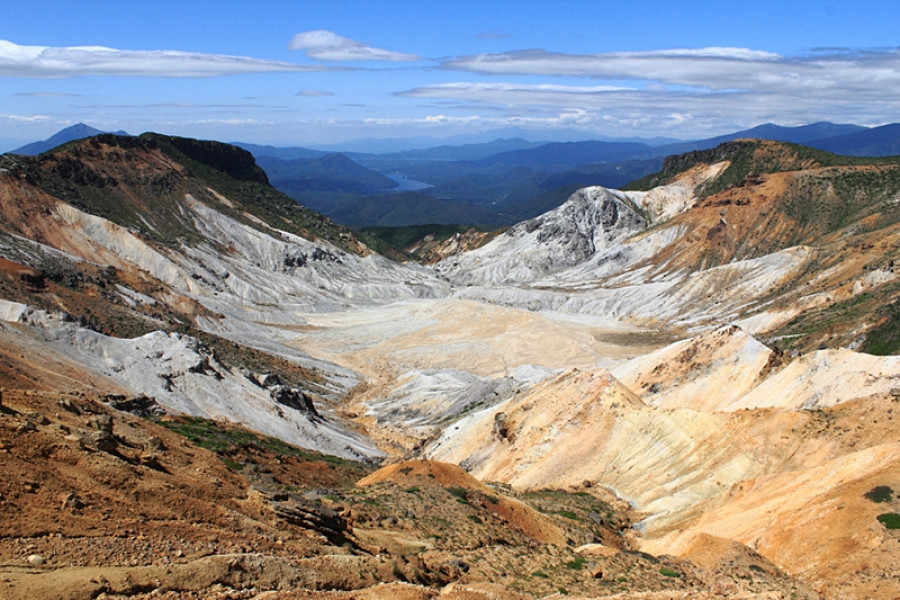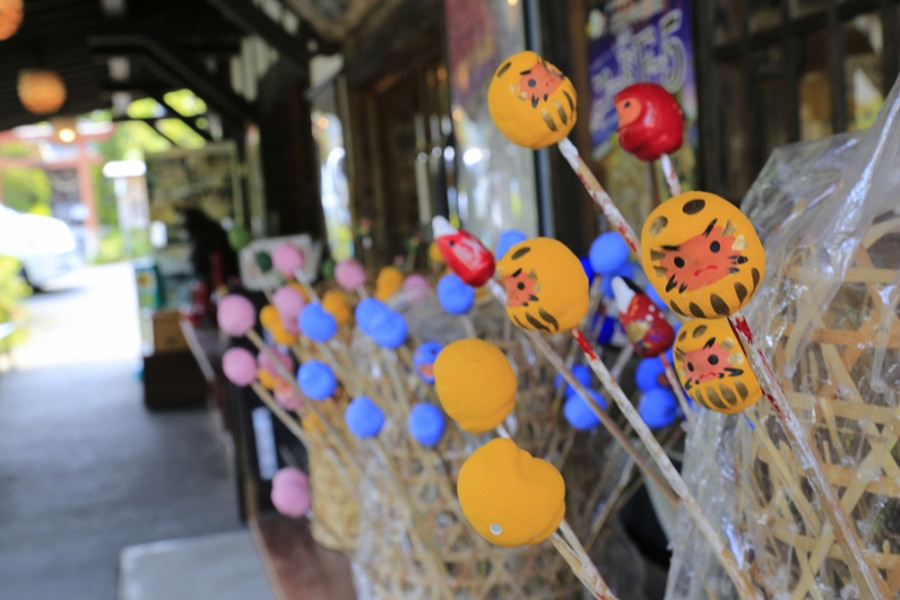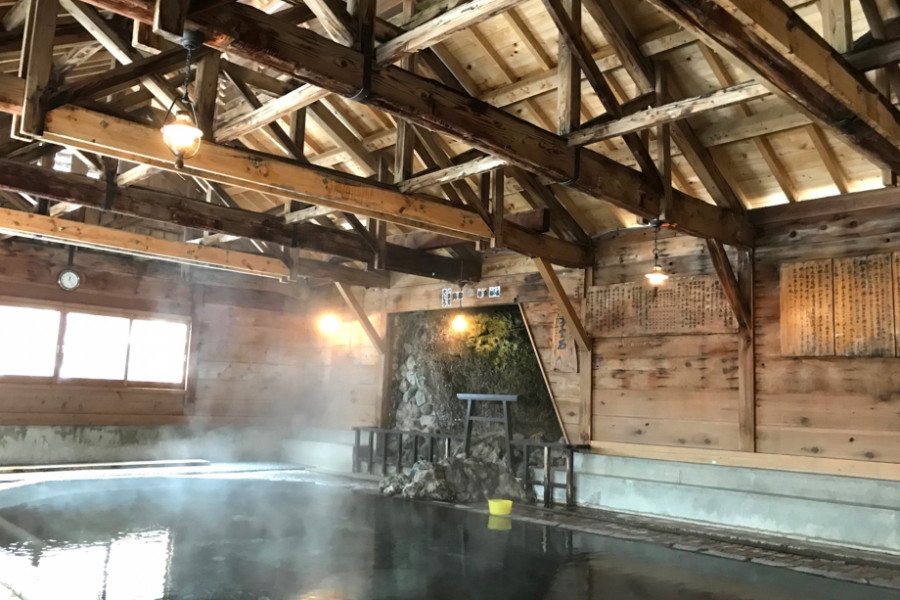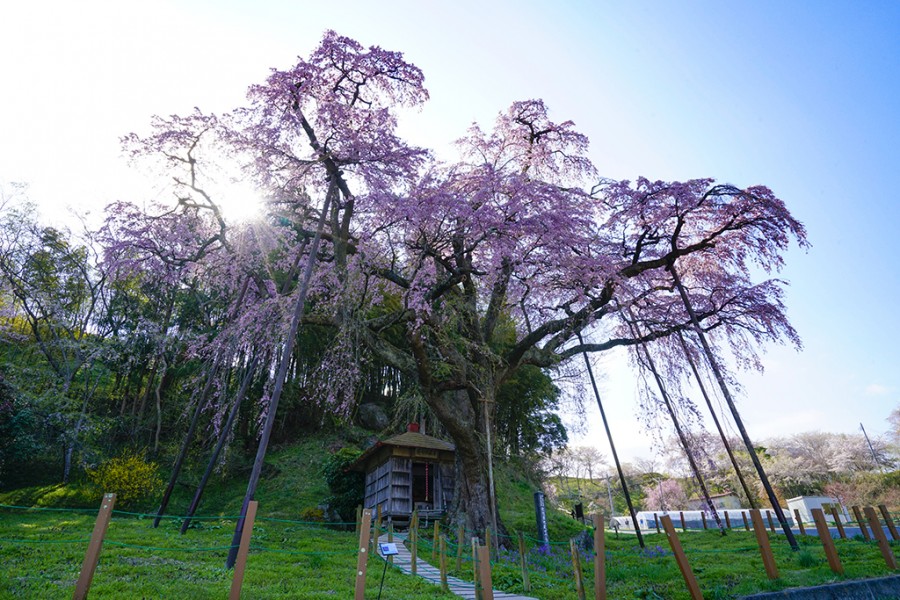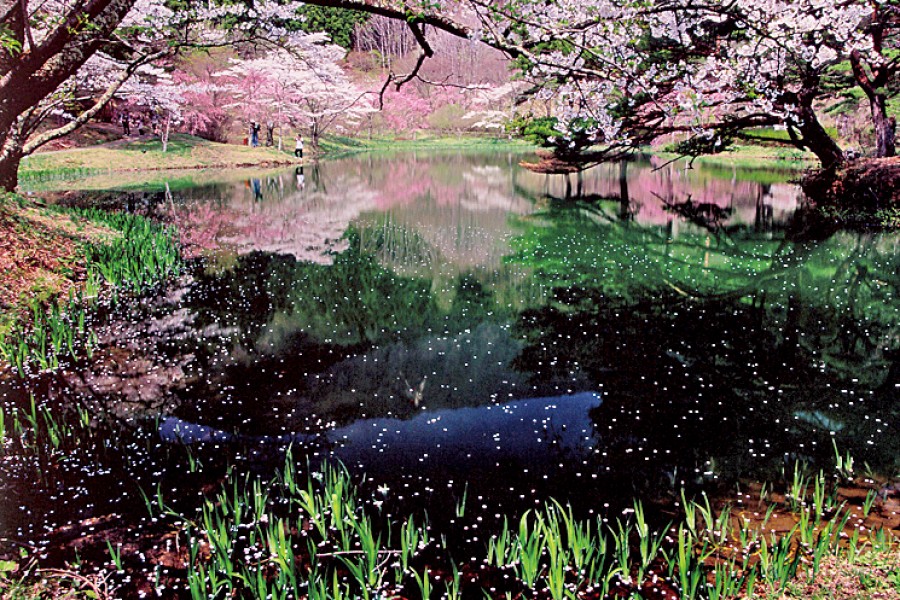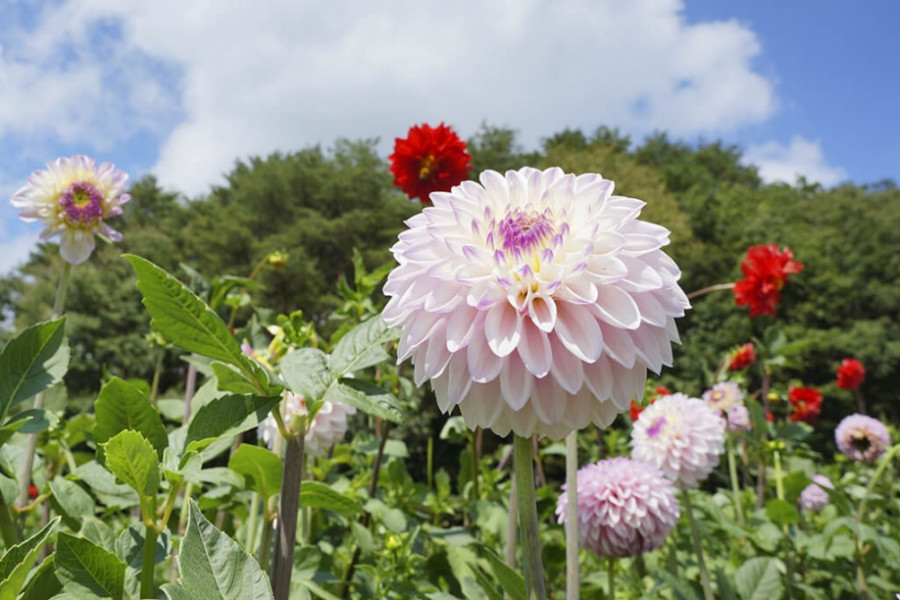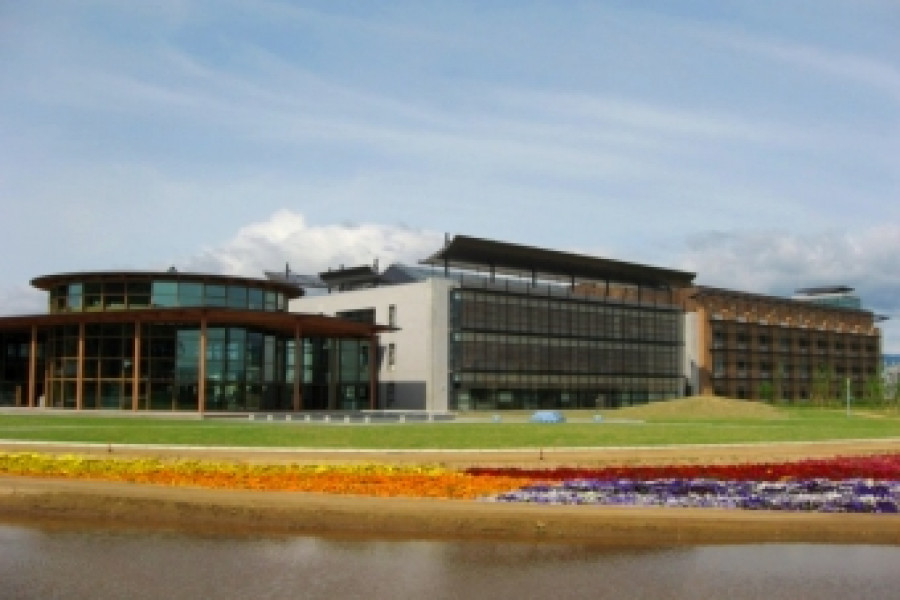
Fukushima Agricultural Technology Centre
A foothold for the promotion of farming in Fukushima Prefecture - the size of 12 Tokyo Domes!Fukushima Agricultural Technology Centre is a new foothold for the promotion of agricultural in Fukushima Prefecture. It serves as a hub for the spread of technological development and safe agricultural practices, as well as being an important facility for agricultural education.The Centre has strengthened a system of experimentation and research in order to provide technical support to local farmers, and is spreading awareness of the importance of agriculture and of making use of open facilities (such as the Centre's Exchange Building and farming exhibitions) among local consumers and children. The facilities include the Management & Research Building, the Experiment Building, the Exhibition Greenhouse, and the Exchange Building, which is constructed from lumber grown locally in Fukushima Prefecture. From the observation deck, you can take in an expansive view of the entire facility.
